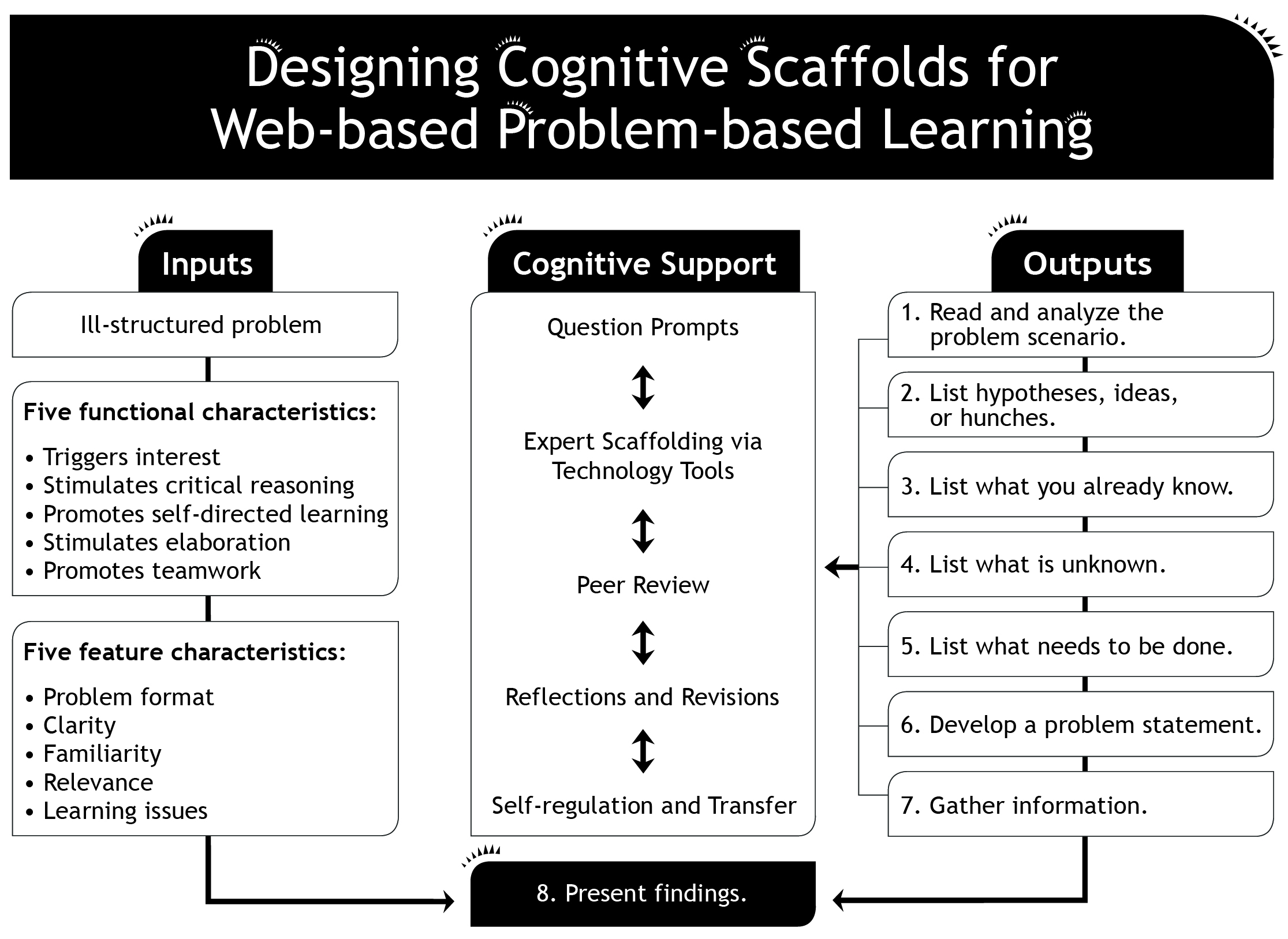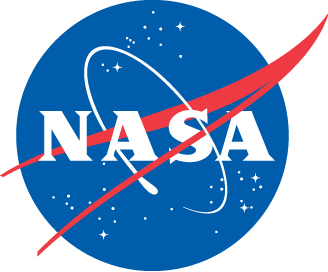Overview
Problem-based Learning Overview
The teacher pages include both module-specific and overarching background information and resources for teachers using the Exploring the Environment–Global Climate Change problem-based learning (PBL) modules. The resources include an introduction to PBL and cooperative learning teams, assessment tools and rubrics, and module-specific lesson planning guides. Learning goals, objectives, and standards addressed are provided for each module.
Below is a list of topics with further information for teachers. These topical links relate to all of the Exploring the Environment–Global Climate Change modules.
|
|
|
|
|
|
|
|
|
|
|
|
|
|
|
|
|
|
The ETE-GCC Approach to Problem-based Learning
Teachers often choose PBL as a technique to address their concerns about student difficulties in developing a valid and robust knowledge base (Koschmann, Kelson, Feltovich, & Barrows, 1996). According to Bransford, Brown, and Cocking (2000), Greeno, Collins, and Resnick (1996), and Koschmann et al. (1996), some of these concerns include:
1) Reasoning.
2) Applying knowledge to solve complex, ill-structured problems.
3) Transferring knowledge to new situations.
We also recognize the important role that teachers play in creating a learning environment to support problem-based learning. We have found that achieving successful implementation of the high-level cognitive processes that we are targeting is challenging to both learners and instructors. Our research review resulted in the following guidelines for development of the new ETE-GCC modules:
a) Incorporate guidance from expert-novice research that outlines discipline-based strategies to avoid cognitive overload.
b) Use a systems approach to classify PBL problems to allow greater integration of content-related, innovative pedagogical approaches.
c) Integrate interactive technology tools to enhance the context of the problem-solving experience.
Key Features of Problem-based Learning

When students explore complex problems in a PBL environment, complex problems may generate a heavy load on students’ working memory because of their lack of proper schemas to integrate new information with their prior knowledge (Kirschner et al., 2006). Given the complex nature of PBL, it is critical that instructors provide guidance to learners through each of the PBL activities while providing “direct instruction on a just-in-time basis” (Hmelo-Silver, 2004, p. 260).
The figure titled Designing Cognitive Scaffolds for Web-based Problem-based Learning illustrates how cognitive support can be integrated into the PBL process to guide and enhance student learning. The diagram also shows how the cognitive support elements such as question prompts, expert scaffolding via technology tools, peer review, and reflections/revisions activities all help to promote self-regulation and transfer of problem-solving skills.
Several strategies to help students overcome the cognitive challenges identified with problem-based learning have emerged from recent research studies. Sockalingam and Schmidt (2011) found that incorporating guidance from expert-novice research that outlines discipline-based strategies to avoid cognitive overload is a strategy that can help students succeed in PBL. Students benefited by having introductory information that helped them characterize the problem(s) to be solved from the student perspective. The process of categorizing problems provides students with a scaffolding process that models what an expert would do to get started in the problem-solving process.
Another key feature of problem-based learning is that the process is designed to work best in a student-centered and group-based approach. In addition to learner challenges associated with cognitive overload because of the complexity of the PBL learning environment, teachers have also expressed frustration with the difficulties of managing classroom implementation of PBL in an environment that requires daily and even hourly curriculum mapping of standards addressed and learning objectives assessed.
Zhang, Lundeberg, McConnell, Koehler, and Eberhardt (2010) found that integrating innovative pedagogical approaches and use of technology tools can help operationalize guidelines from problem-based learning research. Examples of these techniques include strategic use of questioning to facilitate discussion, providing prompts for reflection, and requiring peer review as part of the reporting and assessment processes. Integrating these strategies was also found to be key for effective integration of interactive technology tools and providing guided access to online datasets.
The Unique Characteristics of Climate Science as a Context for PBL
 A 2008 national survey conducted to evaluate public understanding of geologically relevant issues directly related to climate change found that while more than 50 percent reported being interested and informed on international, scientific, and global climate change issues, many respondents held misconceptions concerning climate change. “For example, 66 percent of the nation believes that greenhouse gases result in increased temperatures, while only 30 percent of the nation believes that fossil fuel usage has an impact on global warming. Among other findings, our analyses suggest that most adults surveyed do not understand the carbon cycle. If citizens are unable to process the concept of conservation of matter, then how as a scientific community can we expect them to understand the particulars of drought and wildfire, intense weather patterns, spread of disease, melting glaciers, and ecosystem disruptions?” (Moore, 2008).
A 2008 national survey conducted to evaluate public understanding of geologically relevant issues directly related to climate change found that while more than 50 percent reported being interested and informed on international, scientific, and global climate change issues, many respondents held misconceptions concerning climate change. “For example, 66 percent of the nation believes that greenhouse gases result in increased temperatures, while only 30 percent of the nation believes that fossil fuel usage has an impact on global warming. Among other findings, our analyses suggest that most adults surveyed do not understand the carbon cycle. If citizens are unable to process the concept of conservation of matter, then how as a scientific community can we expect them to understand the particulars of drought and wildfire, intense weather patterns, spread of disease, melting glaciers, and ecosystem disruptions?” (Moore, 2008).
For change to occur, it is important for scientists to understand that citizens base their decisions on psychological, social, and institutional processes. Further calls for climate change education come from psychologists who have studied this issue. In a far-reaching look at what Americans think about climate change and what they want done about it, psychologist Jon Krosnick of Stanford University presented findings from a series of national surveys he has conducted over the last 10 years. In one, for example, he found that the more people knew about climate change, the more concerned they were about it (APA, 2009). Thus, both from Earth science and social science perspectives, leaders are documenting the need for youth through adult climate change literacy education.
This integrated approach to teaching Earth system science and climate science mirrors the interdisciplinary and interagency approach to the study of climate change. “Natural and human-induced changes in Earth’s interior, land surface, biosphere, atmosphere, and oceans affect all aspects of life. Understanding these changes and their implications requires a foundation of integrated observations—taken from land-, sea-, air-, and space-based platforms—on which to build credible information products, forecast models, and other tools for making informed decisions….The compelling need for measurements in support of human health and safety and for documenting, forecasting, and mitigating changes on Earth creates a continuum between science and applications—illustrating again the need for multiple agencies to be intimately involved in the development of Earth science and applications from space” (NRC, 1988, p. 13).



